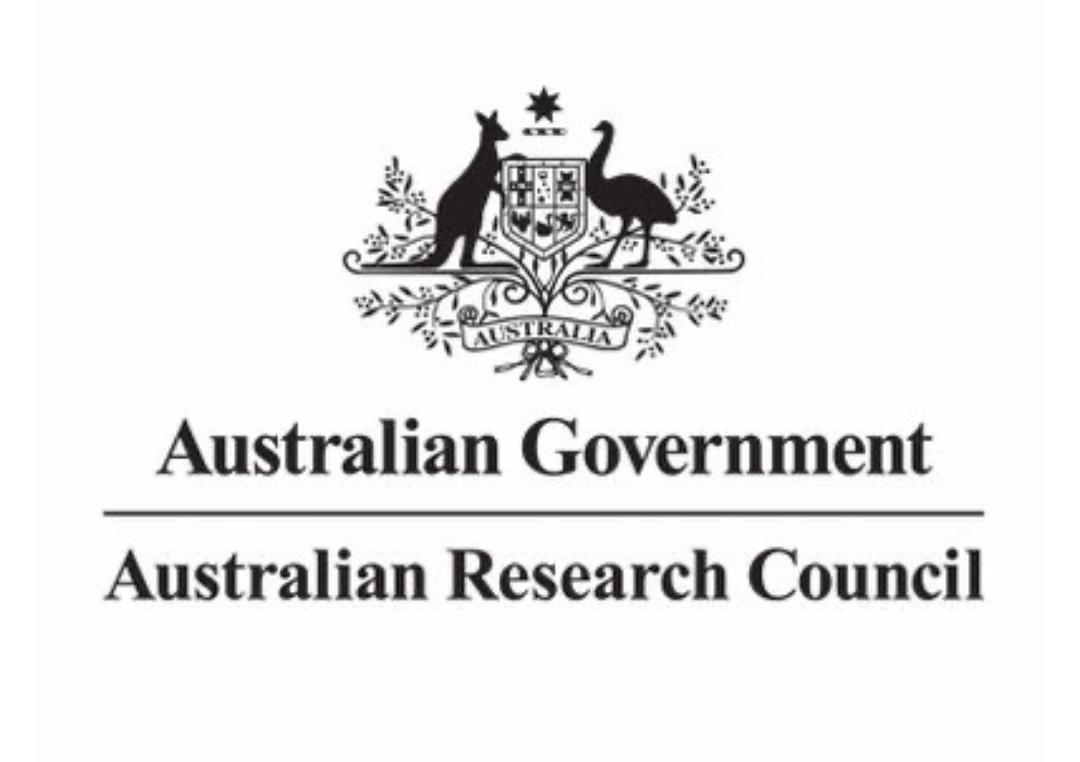Characterization Of The Roosting Sites Of The Golden Crowned Flying Fox (Acerodon Jubaus) and Philippine Giant Fruit Bat (Pteropus Vampyrus) and Their Effects On Dipterocarp Forests
DOI:
https://doi.org/10.51200/jtbc.v3i.93Keywords:
Shorea contorta, Acerodon jubataus, Pteropus vampyrus, endemic Philippine bats,Abstract
In determining the causes of mortality in White lauan (Shorea contorta) at the bat roost area, physical observation and soil physico-chemical analysis were done. Likewise, the physico-chemical analysis revealed that there is no significant difference on the soil nutrient in both roosting and non­ roosting site. Hence, this' finding confirms that bat droppings may not be the cause of death of the White lauan trees.
Data analysis shows that vegetation 'structure in the bat roost area is significantly different with that of in the control plots or non-roost area .. Such findings were accounted for the limited number, size and maturity of plant species found in the roost area. On the other hand, the roost area can be considered as disturbed forest with the presence of pioneer species and gap formed by dead trees which drive the bats to move to the inner part of the forest.
The tight roosting characteristic or activity of bats on the branches and twigs that results to defoliation of trees is suspected contributory factor in the mortality of the White lauan species as supported by its sensitive characteristics such that they become intolerant as they grow to maturity. To address the issue, recommendations were provided for the conservation and management of these endangered and threatened species.
Downloads
How to Cite
Issue
Section
License
BY: credit must be given to the creator.
NC: Only noncommercial uses of the work are permitted.
This journal provides open access to its content under CC BY-NC 4.0 on the principle that making research freely available to the public supports greater international collaboration and information exchange.












